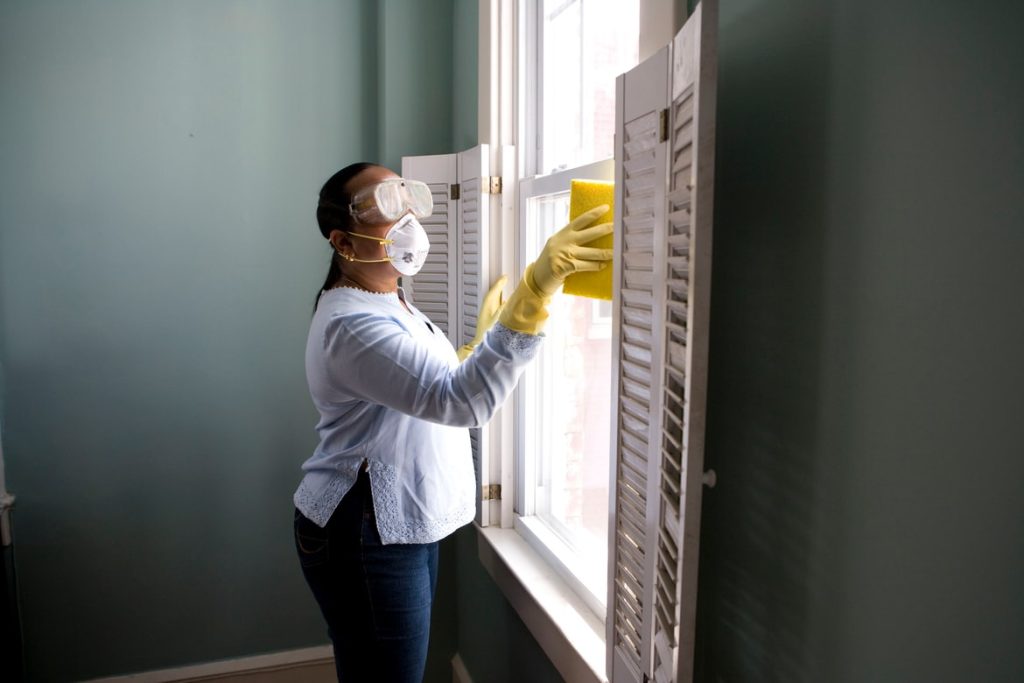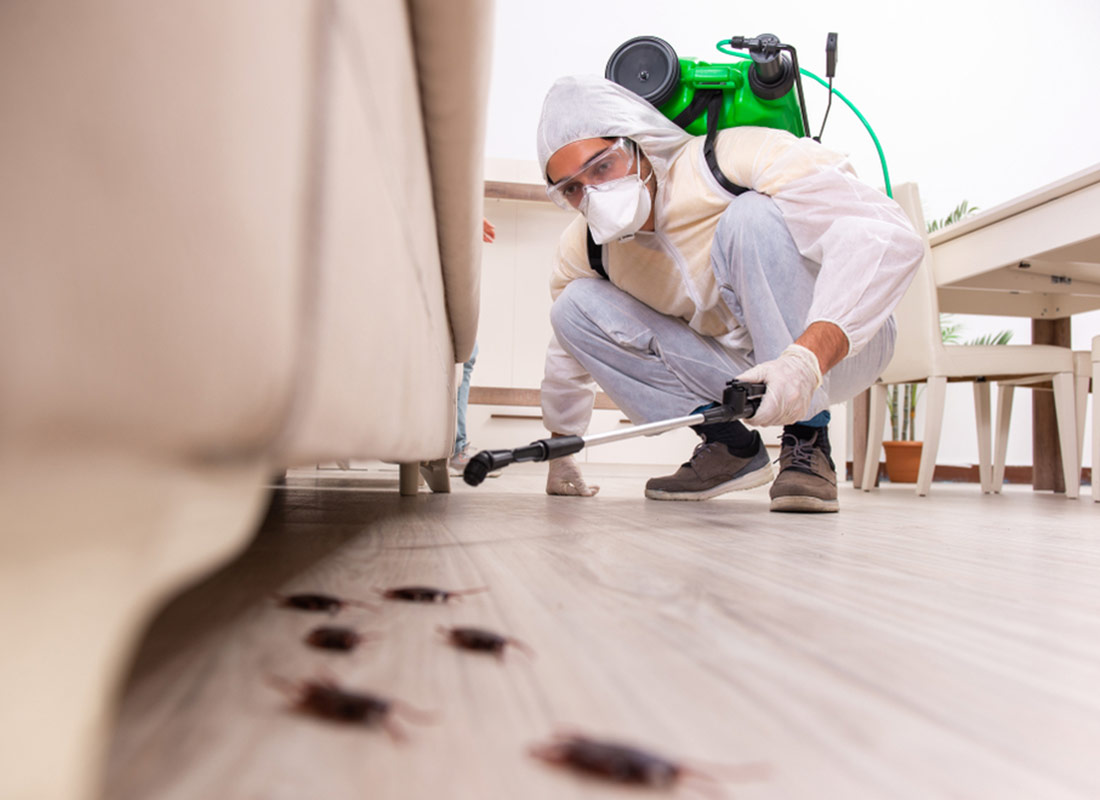It’s that time of year when the crazy weather starts to ramp up, and pests start showing up in droves. From squirrels to ants, there’s no shortage of critters that make their way into your home in search of food or shelter. In this article, we’ll show you how to prepare your apartment for pest control in a variety of ways so that you can get rid of those pesky critters without any trouble!
1. Identify the Pests

There are many pests that can invade an apartment, and it’s important to identify them and take appropriate action to prevent them from entering your home. Pests can include rodents, ants, cockroaches, mosquitoes, fruit flies, and spiders. You can always hire local pest control or try to do it by yourself. Here are some tips on how to prepare your apartment for pest control:
1. Inspect the exterior of your building for any signs of pests or damage. Look for nests, droppings, or tracks. If you notice any problems, report them to your building management team.
2. Keep your windows closed during the day and keep your lights off at night to reduce the chance of attracting pests.
3. Use nontoxic pesticides and insecticides in a safe manner. Make sure to read the product label before using it and follow all safety instructions.
4. Eliminate food sources that attract pests such as trash cans that are overflowing and pet food dishes that are left out overnight.
5. Seal cracks in walls and ceilings with caulk or putty so pests can’t enter through these openings.
2. Create a Pest Control Plan
If you are like most people, you probably have no idea how to prepare your apartment for pest control. This is unfortunate because pests can really damage your property and your health if not dealt with properly. Here are some tips on how to prepare for pest control:
1. Have an idea of what pests you may be dealing with. Most pests like moisture, so it’s important to know if there are any areas of your apartment that tend to be damp or wet. Additionally, knowing what type of pests you’re fighting can help you choose the right type of treatment. For example, termites need a certain type of wood to survive, so treating them with a termite killer that is specifically designed for this type of pest is likely to be more effective than using a general bug killer on them.
2. Get rid of any food sources for pests. If pests can find food and water sources, they will multiply quickly and cause damage. Clean up spills, remove pet food and water dishes and clean areas where food scraps might accumulate.
3. Keep windows closed during the day and open at night when the weather is warm enough (above 75 degrees). When it’s hot outside, bugs will find it harder to get in and will be more susceptible to treatment.
4. Treat areas where pests are seen or suspected. Before treating an area, make sure you have a clear picture of what kind of pest is causing the problem and where they are located. Spraying a general bug killer all over an apartment won’t do much good if the pests are hiding in cracks or crevices.
5. Monitor the treated areas for signs of pest activity. Bug bombs, fumigators and other treatments can kill off pests but they also can cause serious damage if not used correctly. Make sure to read the instructions carefully and follow them exactly to avoid any unwanted effects on your property or health.
3. Get the Necessary Supplies

When it comes to pest control, there are a few things that you will need before you can get started.
- Most important of these supplies is an exterminator’s certificate, which will prove that the company you are working with is licensed and insured.
- Another thing that you may want to have on hand are bug bombs or foggers. These tools can be used to kill specific pests, like roaches or spiders.
- You also need to have traps and lures, as well as a vacuum cleaner with high-powered bristles. The goal is to trap the pests so that they can be eliminated by the exterminator.
- Finally, make sure to have all the necessary supplies for cleaning up afterward: buckets, mops, scrubbers, and more.
4. Seal Cracks and Openings
One of the most important things you can do to prepare your apartment for pest control is to seal any cracks or openings in the walls, floors and ceilings. This will help keep pests from entering your home in the first place and will make it much harder for them to spread their infestation.
You can also install traps and baits near any areas where pests are known to congregate, such as around water pipes or electrical outlets. And finally, be sure to keep your windows and doors clean and tightly closed to keep pests out.
5. Eliminate Food Sources for Pests

1. One of the most important steps in preparing your apartment for pest control is to rid yourself of any food sources that could attract pests. If you have pets, remove any pet food or bones from the premises. If you have children, be sure to keep all food and drink away from reach. Additionally, make sure to seal all cracks and crevices where pests might gain access.
2. Keep your windows clean. Bugs tend to prefer areas with light and air circulation, so make sure to keep your windows clean and open as much as possible during the summer months. If you have a screen door or window coverings that are difficult or impossible to clean, get rid of them.
3. Keep your trash cans covered and tightly sealed at all times. Do not leave food scraps lying around – they will provide sustenance for pests and encourage them to move into your home.
4. Seal up any openings in your walls or ceilings where pests might enter your home – this includes vents, pipes, and electrical outlets. Replace any old insulation if it is rotten or damaged.
5. Eliminate clutter and unused items from your home – this will reduce the amount of hiding places for pests and also make it more difficult for them to reach food.

